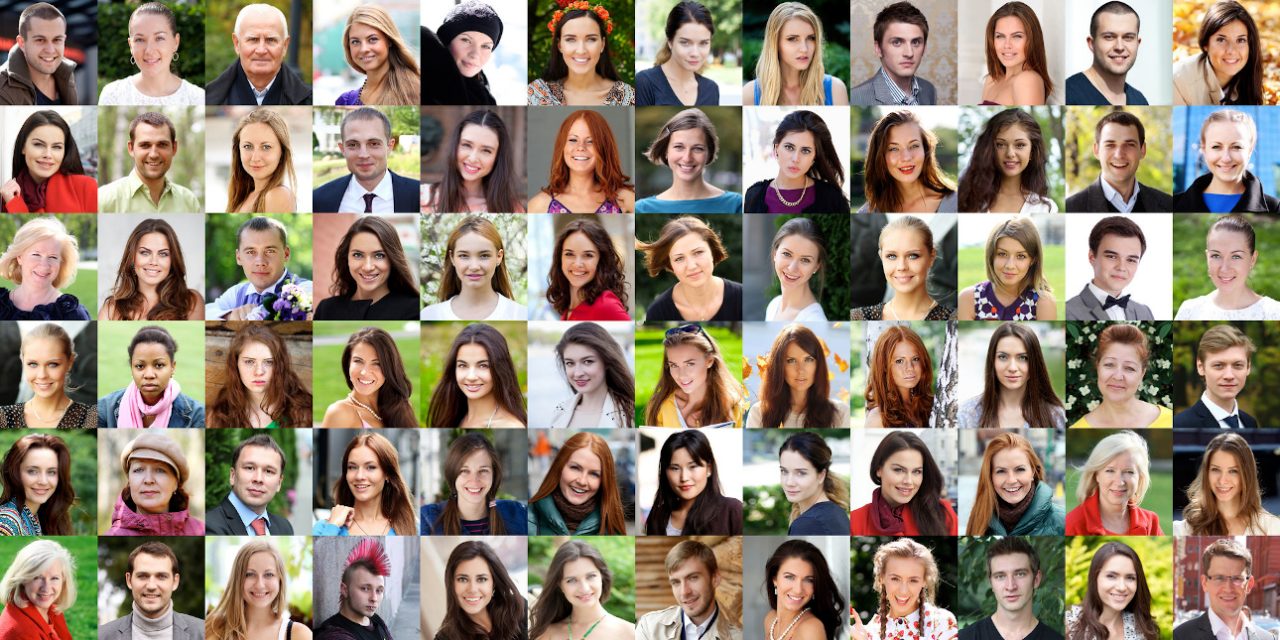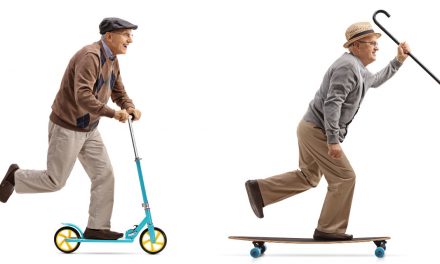By Steve Moran
A few weeks ago at Bailey Beeken’s SMASH Summit the closing keynote speaker was David Stewart, founder of the website Ageist. Ageist focuses on people who are 50+ years old and are making a huge impact on the country. They have wealth, income, and passion. They, like those in their 80s and 90s, are largely being ignored by the media and marketers.
While the focus of the website is mostly a younger, more active and capable older person that fits the current senior living demographic, what David is doing could help us understand how senior living needs to evolve.
After hearing David speak, he was someone I had to interview. This is the first of two articles based on that interview.
An Epiphany
It seems hard to believe but this is actually my second article tying Tinder to Senior Living. Here is what David had to say (a big thanks to Dan Hutson for getting David to SMASH):
“I began my career as a photographer, and became aware that I was getting older and that my friends are getting older and yet the people I’m taking pictures of are not getting older. Then we had an occasion where we did a big campaign and discovered that all the people who were the subjects of the campaign, the ones who were using the product, didn’t buy the product. It was purchased by their parents.”
He found himself wondering why all these ad agencies were spending all their time focused on people that were not actually purchasing the product. As he traveled down this rabbit hole, he discovered that the average age of, at least the creative folks in advertising agencies, were in their twenties and thirties. That only about 6% of all the people who work in advertising and marketing are over age 50 even though that group represents more than 40% of the market.
More significantly with the advances in healthcare and lifestyle, when a person hits age 50 they are more likely than not to still have half their lifespan in front of them.
Tinder and Senior Living
When David and his team first started Ageist they wanted to build a library of people who are over age 50. The challenge was where to find them. David’s first effort was to head to Palm Springs where all those “old people” live. That was not it. In fact he was living with them, they were his friends, a good start but not enough people. The question was this: where do they hang out?
There is not really a tribe of people who are older than 50 except that, as it turns out, Tinder has a lot of people who are age 45, so it was an easy place to start figuring out who these people were. David set up a fake profile and . . .
“became one of world’s foremost experts on the 45+ tribe on Tinder. I never, ever, never swipe right, always swipe left and I would screen shoot people. I collected more than 4,000 screen shots from all over the country . . . from all over the world.”
It turns out when you look at these “old” people on Tinder they do not look old, they do not look anything like what we are told old looks like . . . what we think old should look like.
A big part of what Ageist does is research what is and is not important to the age 50+ audience. They discovered two profound, consistent truths, which frankly ought to scare every senior living owner and operator to death. I will share those in part 2.
Part 2 will also include the video of the entire interview. It is long (25 minutes), but worth it.









Cliffhanger? Ha! I’ll be right here impatiently waiting for part 2 now, thanks!!!